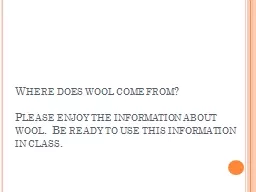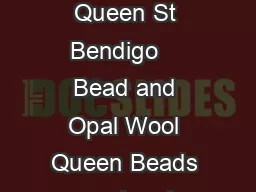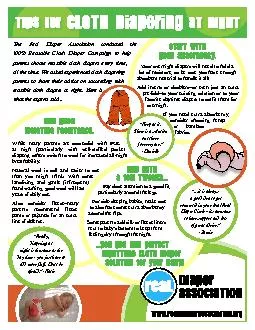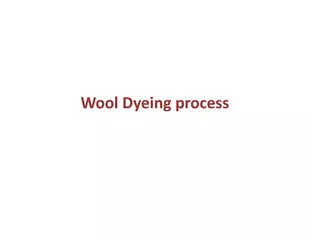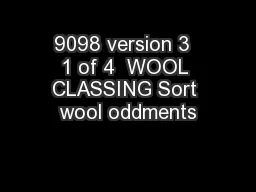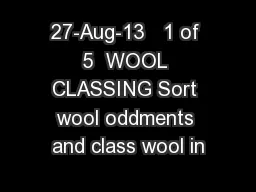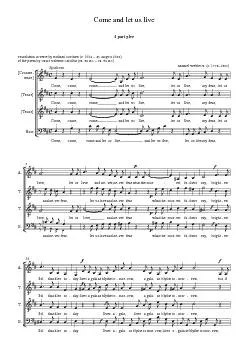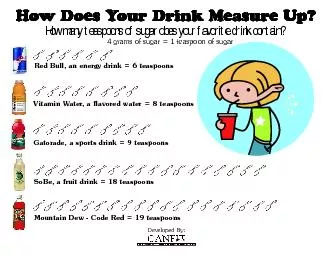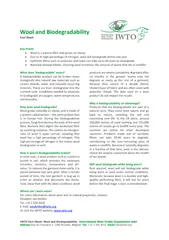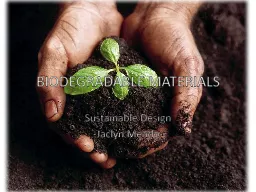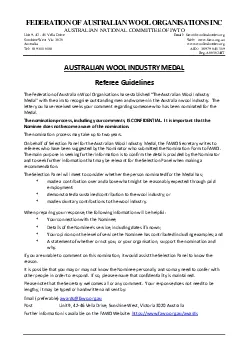PPT-Where does wool come from?
Author : alida-meadow | Published Date : 2016-04-20
Please enjoy the information about wool Be ready to use this information in class Sheep shearing is the process by which the woolen fleece of a sheep is cut off
Presentation Embed Code
Download Presentation
Download Presentation The PPT/PDF document "Where does wool come from?" is the property of its rightful owner. Permission is granted to download and print the materials on this website for personal, non-commercial use only, and to display it on your personal computer provided you do not modify the materials and that you retain all copyright notices contained in the materials. By downloading content from our website, you accept the terms of this agreement.
Where does wool come from?: Transcript
Download Rules Of Document
"Where does wool come from?"The content belongs to its owner. You may download and print it for personal use, without modification, and keep all copyright notices. By downloading, you agree to these terms.
Related Documents

